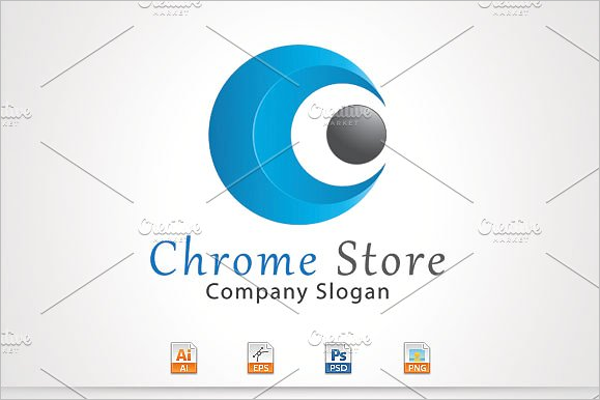For starters, a 3D Abstract Logo isn’t just a name or an icon or other visual signature on company letterhead or a billboard or other promotional venue anymore. Take that device out of your pocket or bag and swipe through the screens, as you probably do many times a day anyway. You now carry dozens of brand icons wherever you go. That’s just the latest manifestation of how changing technology has influenced identity design.
A couple of decades ago, when computers allowed designers to easily add shadows and highlights and dimensionality to logos. They did—revising, for instance, Rand’s flat UPS logo with 3D sparkle. A shift from print-oriented colour processes (responding to external light). To screen-oriented colour (lit from behind, and thus more intense) enabled tricks like transparency and gradients. MSN.com’ early 2000s logo, a butterfly with complicated colour overlaps. Raised eyebrows among designers at the time, who pointed out how hard it would be to print. “But Microsoft was saying, ‘We’re not going to print it. MSN lives in an entirely digital world,’. For all that’s changed since the days when his partners founded the business, he argues, certain fundamentals—simplicity in particular—have not.
Many of their logos, especially the 3d abstract logos, shaped partly by the constraints of mid-20th-century production, “thrive in digital media, in applications that they could have never predicted,”. These manuals may particularly important in an era when rolling out a new logo largely associated with massive logistical feats such as repainting. Thousands of trucks or aeroplanes or replacing signage on gas stations from coast to coast. Standards of course persist, but these systems are generally more flexible today to deal with a constantly changing media landscape.
Polygon Abstract Logo 3D
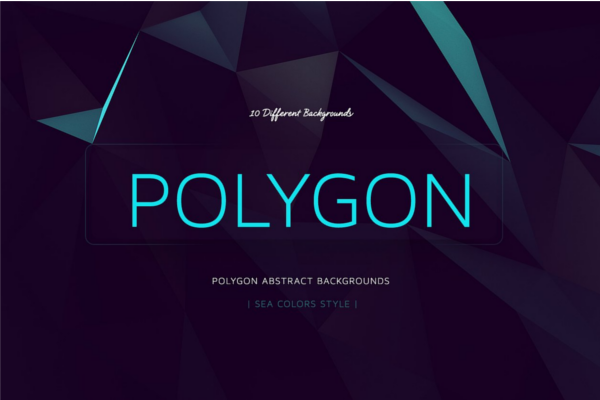
Company Abstract 3d Logo
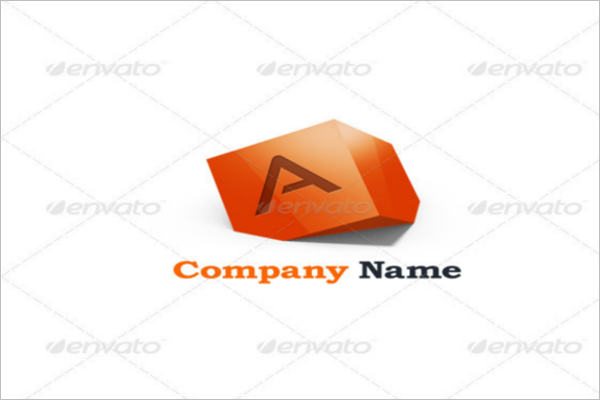
Business Consulting Logo

Solution Abstract 3d Logo

Elegance 3D Abstract Logo

Transcube Abstract 3d Logo
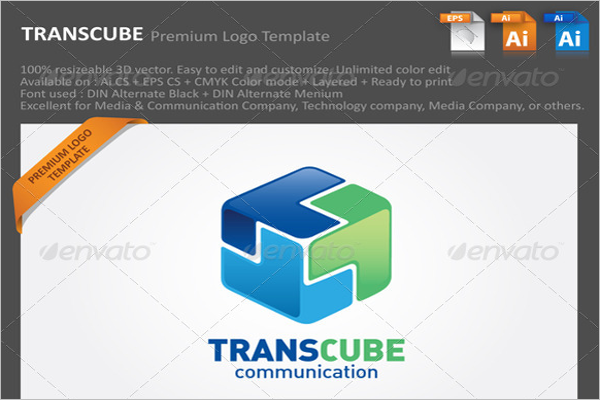
Abstract 3d Logo Sphere Template

Windmill Abstract 3d Logo

Flame Abstract 3d Logo

Silver Abstract 3d Logo

Abstract Dotted Icons Template
![]()
Technology 3D Abstract Logo
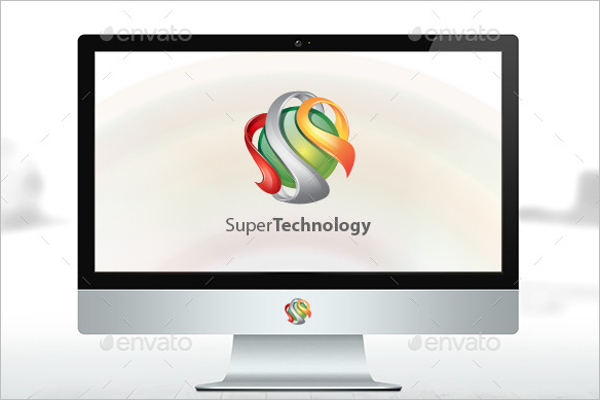
Abstract 3D Brain Logo

Green Leaf 3D Abstract Logo

Illustration Abstract 3d Logo
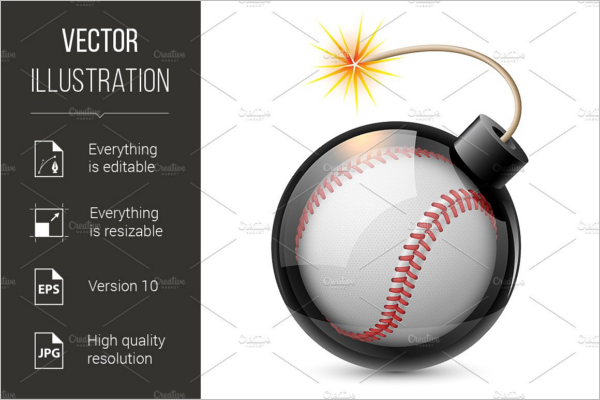
Premium 3D Abstract logo
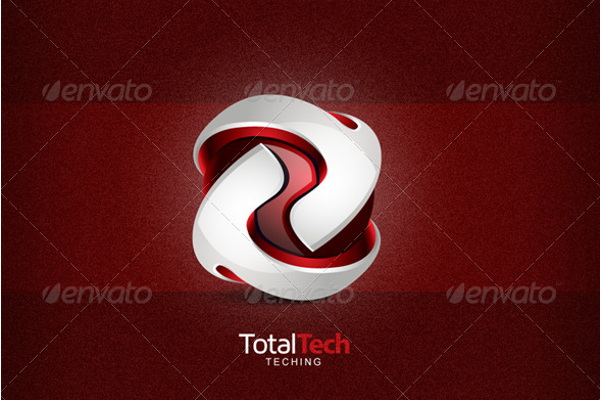
Water Sphere Abstract Logo

Global Energy 3D Abstract Logo

Print Full Abstract 3d Logo

Shield Abstract logo

Cinema Abstract Logo
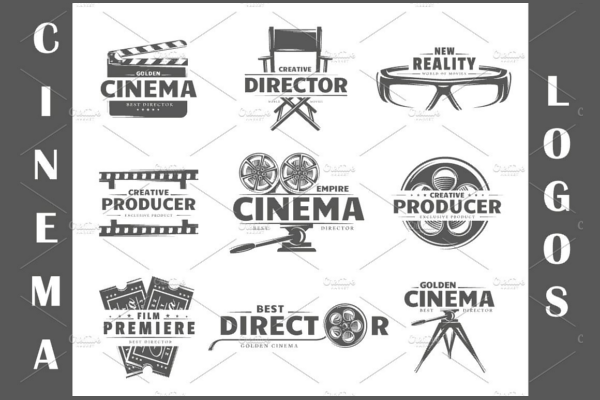
Effective Abstract Logo
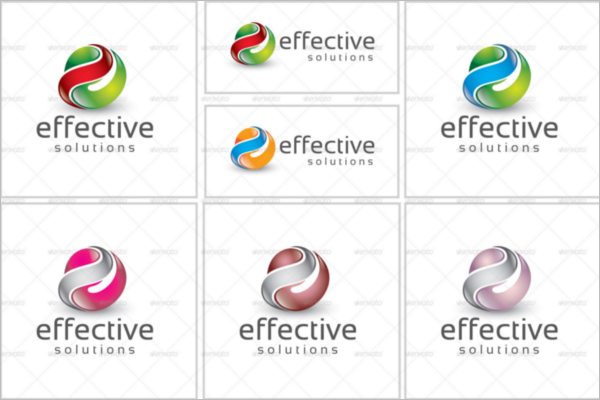
3D Abstract PSD Logo

Global 3D Abstract Logo Template
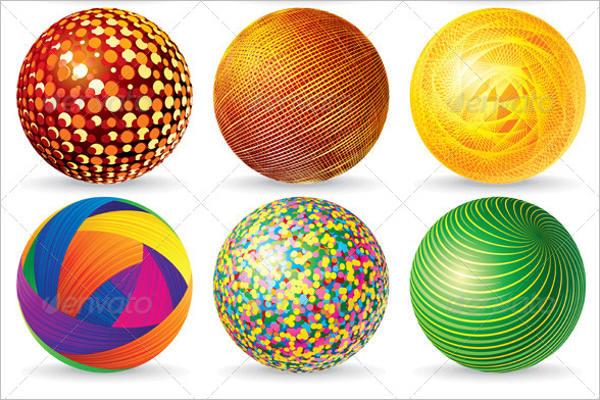
Elegant 3D Abstract Logo
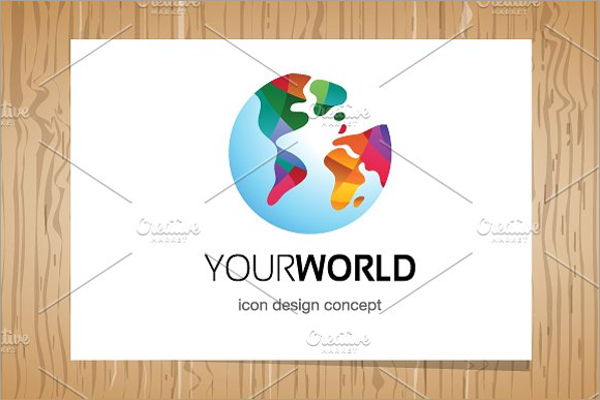
3D Abstract Logo Design
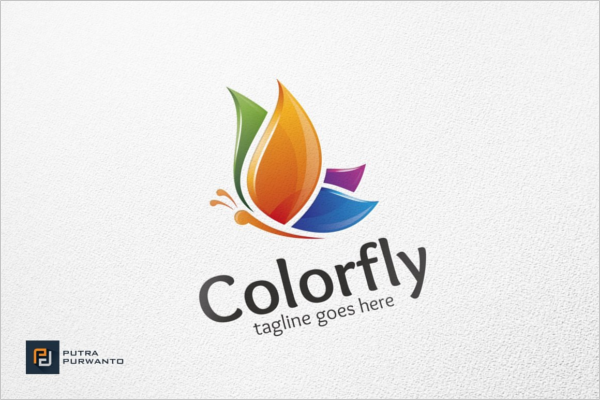
Creative 3D Logo Template
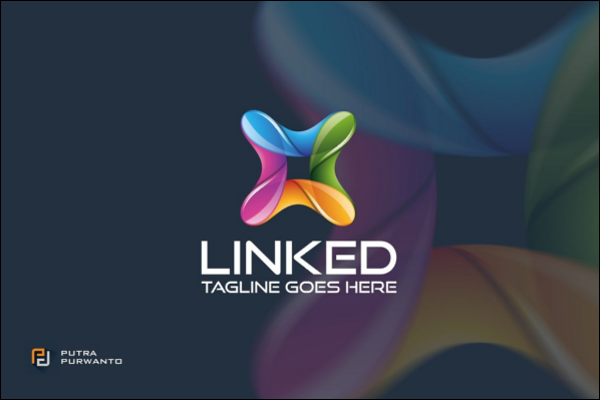
Minimal 3D Abstract Logo

3D Abstract Logo Model
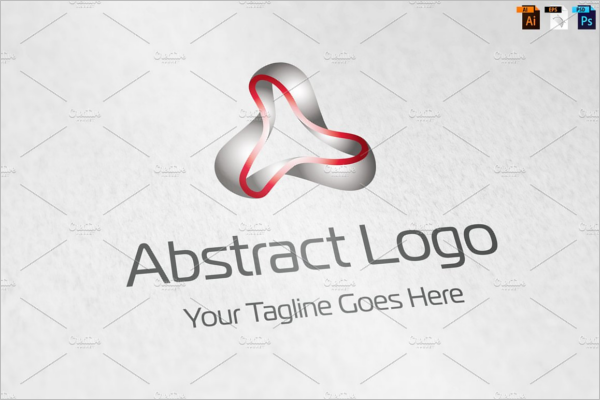
Modern Abstract Logo Template

Simple 3D Logo Template

Trendy 3D Logo Abstract
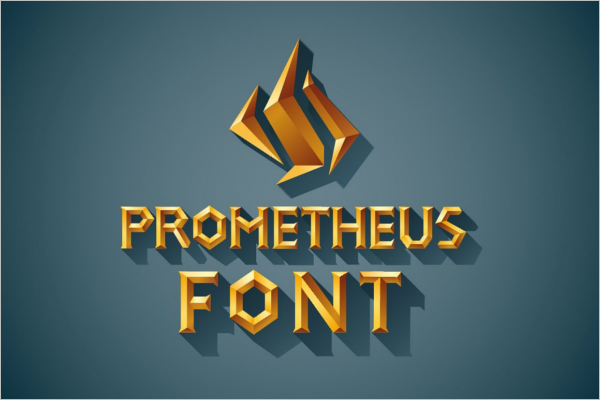
Letter N Logo Template
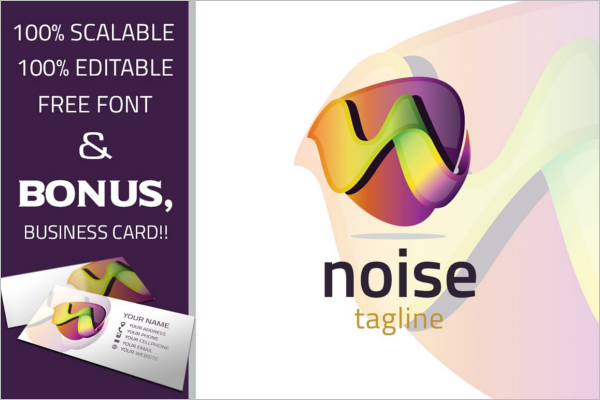
Vector Abstract 3D Logo

Animated 3D Logo
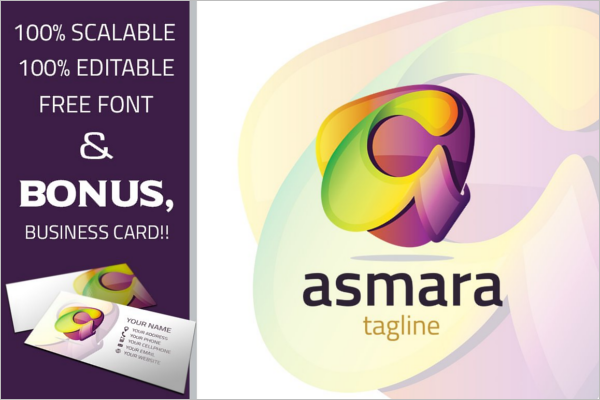
Finances Group Of Abstract Logo Design Template
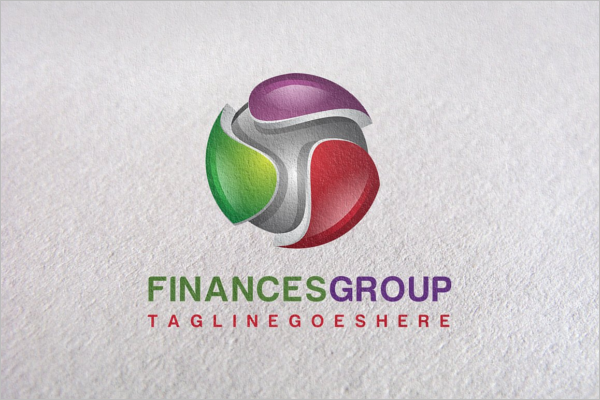
Business Abstract Logo
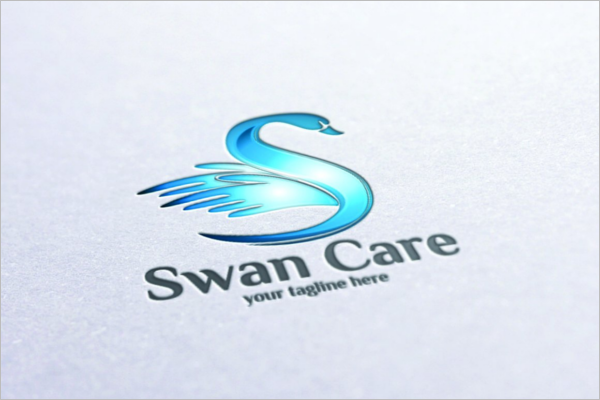
Cylinder 3D Logo Template
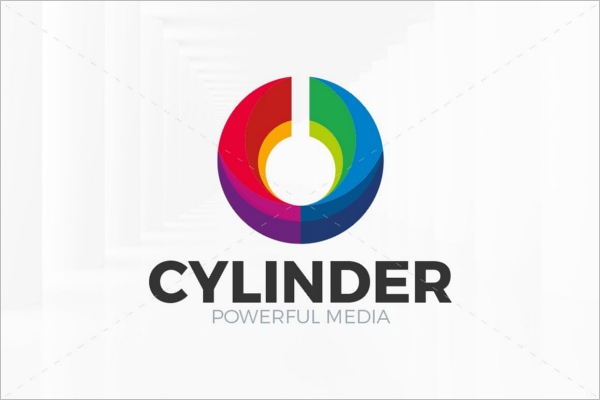
Brand 3D Abstract
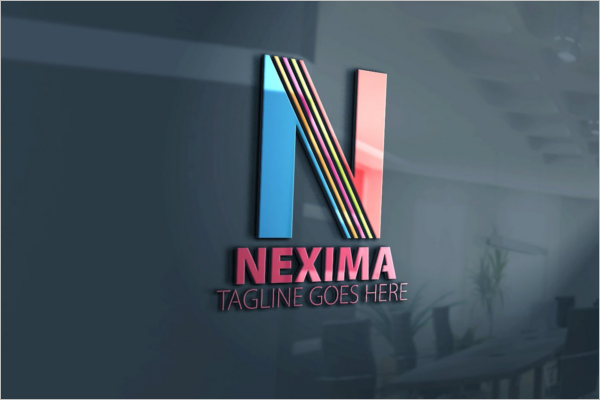
Chrome 3D Abstract Logos
